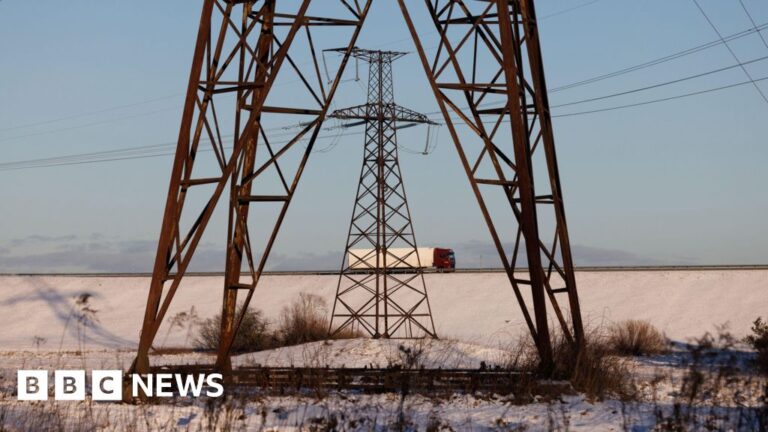Baltic States Make Historic Switch Away from Russian Power
The Baltic States—Estonia, Latvia, and Lithuania—have embarked on a significant journey to distance themselves from Russian energy supplies. This move, rooted in historical necessity and geopolitical tension, marks a pivotal moment in energy independence for these nations. The collective decision aims to enhance national security, drive sustainability, and promote energy resilience.
Historical Context: A Legacy of Dependency
Historically, the Baltic States have been heavily reliant on Russian energy supplies. Before regaining independence in the early 1990s, these countries were integrated into the Soviet energy grid, which left them vulnerable to supply disruptions and political coercion. By 2020, approximately 75% of Estonia’s natural gas and about 100% of Latvia and Lithuania’s gas came from Russian sources. This high dependency made them susceptible to external manipulation, especially in light of geopolitical conflicts that occurred following the annexation of Crimea in 2014.
The Strategic Shift: From Russian Gas to Renewables
In response to these challenges, the Baltic States have strategized a comprehensive switch to renewable energy sources. As of 2023, the region has made considerable advances in developing wind, solar, and biomass energy sectors. Statistics show that wind energy production in Estonia surged to over 50% of the nation’s total electricity consumption last year. Latvia and Lithuania are also moving forward with similar trajectories, having set ambitious targets to produce 50% of their energy from renewable sources by 2030.
Diversification of Energy Sources
The collaborative effort among the Baltic States has resulted in a diversification of energy supplies. The construction of the Balticconnector gas pipeline, linking Finland and Estonia, is a significant milestone in this endeavor. It provides a new avenue for gas imports from the European Union, reducing their reliance on Russian gas. Moreover, the development of the Gas Interconnection Poland–Lithuania (GIPL) further strengthens the security of energy supply in the region, allowing for the import of liquefied natural gas (LNG) from various sources, including the United States and Qatar.
Statistical Triumph
Recent reports highlight the success of these initiatives:
- Estonia generated 63% of its electricity from renewable sources in 2022.
- Latvia and Lithuania’s energy grids are now connected with Poland’s, allowing for increased access to European energy markets.
- The Baltic States’ collective efforts reduced their dependency on Russian gas from 75% in 2020 to below 40% in 2023.
Political Support and Initiatives
The renewable energy transition and the push away from Russian power are supported by strong political will. The European Union has played a crucial role in facilitating this shift with funding and policies aimed at energy independence. In 2021, the EU launched the “Fit for 55” initiative, targeting a reduction of greenhouse gas emissions by at least 55% by 2030. This commitment allows the Baltic States to align their energy policies with broader European goals.
Challenges Ahead
Despite the progress, challenges remain. The short-term increase in energy prices due to the transition could impact consumers. Moreover, the investment required for infrastructure development in renewable energy and diversified pipelines poses logistical hurdles. However, the Baltic governments are optimistic. They recognize that the long-term benefits—including energy independence, resilience against geopolitical risks, and sustainability—outweigh the immediate inconveniences.
Future Outlook: Pioneering Energy Independence
As the Baltic States pioneer their shift from Russian energy dependency, they set a precedent for other nations grappling with similar challenges. With enhanced collaboration within the EU framework and ambitious national energy strategies, the region is working toward a resilient future. By prioritizing renewable energy and diversifying supply sources, the Baltic States aim not only for national security but also to make significant contributions toward global climate goals.
Conclusion
The historic switch away from Russian power by the Baltic States serves as an inspiring example of resilience and determination in the face of geopolitical adversity. While the journey is daunting, the commitment to energy independence will pave the way for a more sustainable and secure future. As other countries observe this transformation, the Baltic States reaffirm the principles of sovereignty, security, and sustainability in the realm of energy. The move is not just about reducing dependency; it’s about defining their path in an ever-evolving global landscape.


